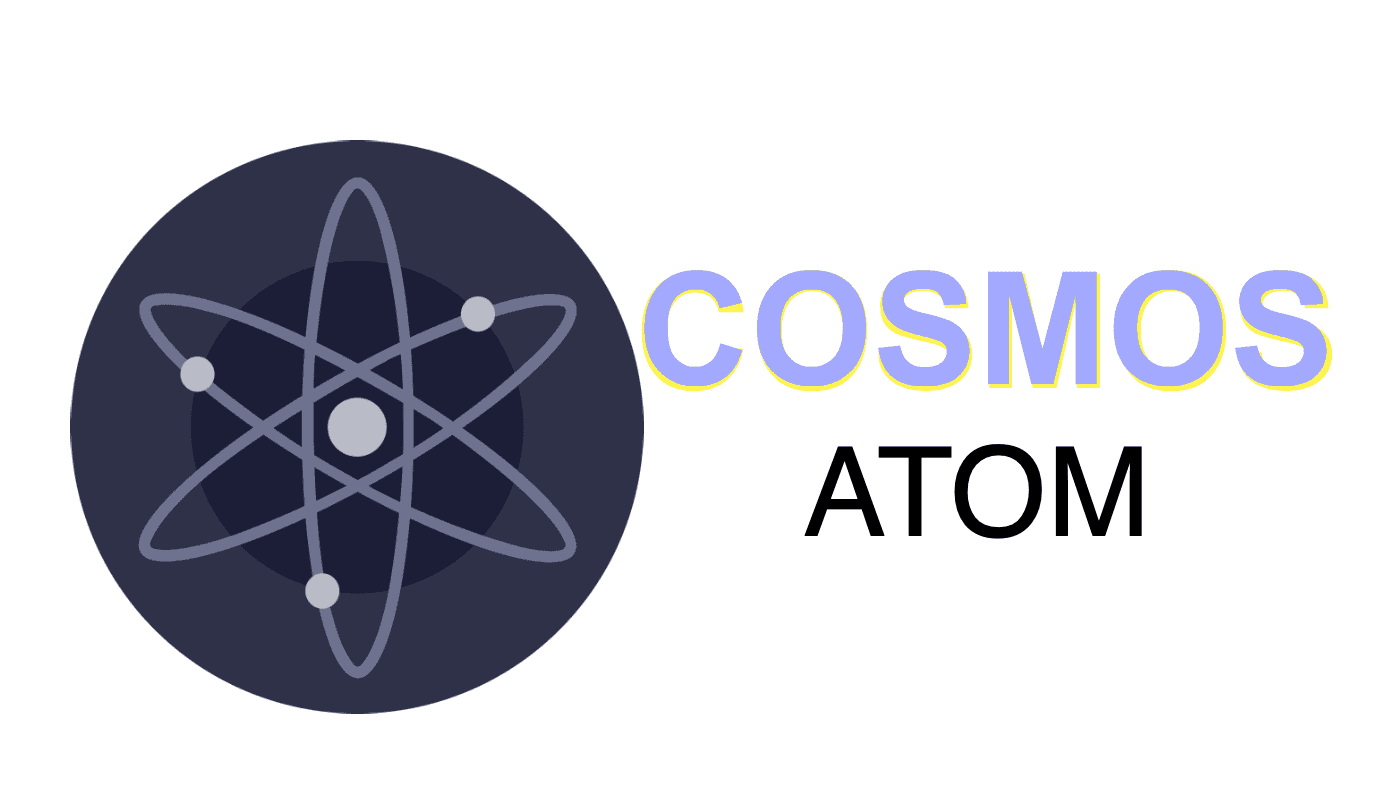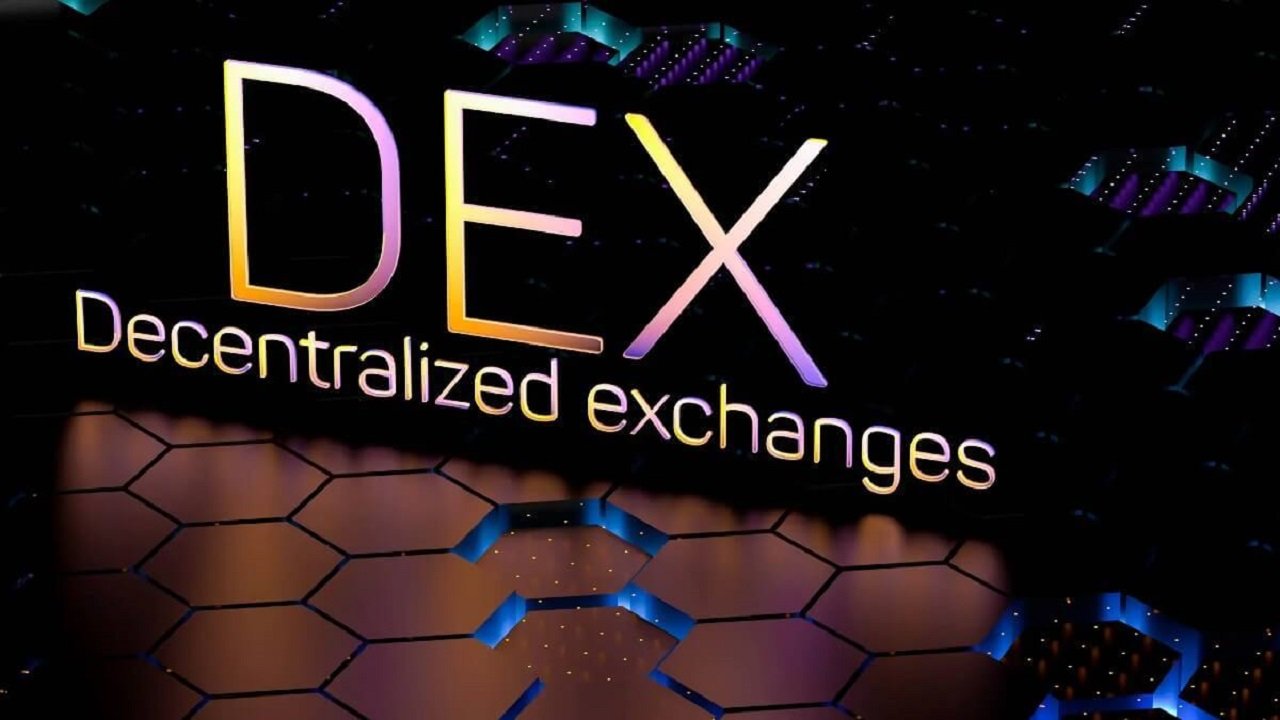Enter the cosmos of blockchain innovation with Cosmos (ATOM), a pioneer in creating an interconnected web of blockchains. Designed to break down barriers between decentralized networks, Cosmos revolutionizes scalability and interoperability, offering a new era of seamless blockchain communication.
In addition, if you are looking for a website that helps people learn about investments by connecting them with investment education companies that can help them receive the right information, you may visit and click Go matrixator.com.
Overview of Cosmos as a Blockchain Ecosystem
Cosmos stands out in the blockchain space for its innovative approach to solving interoperability issues between different blockchains. Founded by Jae Kwon in 2014, Cosmos aims to create an “Internet of Blockchains” where independent blockchains can communicate and transact with each other seamlessly.
Unlike traditional blockchain platforms that operate in silos, Cosmos offers a scalable solution that enhances connectivity and scalability across the decentralized ecosystem.
At its core, Cosmos utilizes a unique architecture that includes various components such as the Cosmos Hub, Tendermint Consensus, and Inter-Blockchain Communication (IBC) protocol. These components collectively enable interoperability, scalability, and sovereignty among blockchain applications.
Cosmos also supports the development of custom blockchains through its Software Development Kit (SDK), empowering developers to build robust and secure decentralized applications (dApps).
Cosmos Hub: Exploring the Central Hub of the Cosmos Ecosystem
The Cosmos Hub serves as the central point of the Cosmos network, facilitating interoperability and communication between different blockchains within the Cosmos ecosystem. As the primary hub, it plays a crucial role in maintaining the overall security and consensus of the network through its validator nodes and governance mechanisms.

At its inception, the Cosmos Hub was designed to be a scalable and efficient blockchain platform capable of processing a high volume of transactions while ensuring low latency and minimal fees. It operates using the Tendermint Core consensus algorithm, which provides fast finality and Byzantine fault tolerance (BFT), making it suitable for enterprise-grade applications.
The Cosmos Hub allows for the seamless transfer of assets and data across interconnected blockchains using the Inter-Blockchain Communication (IBC) protocol. This protocol enables tokens and information to be exchanged securely and trustlessly between different blockchains within the Cosmos ecosystem, fostering a decentralized and interconnected network of blockchains.
Tendermint Consensus: Role and Significance in Cosmos
Tendermint Consensus is a critical component of the Cosmos ecosystem, providing a secure and efficient mechanism for achieving consensus among validator nodes. Developed by Tendermint Inc., Tendermint Consensus utilizes Practical Byzantine Fault Tolerance (PBFT) to ensure network security and integrity.
In Cosmos, Tendermint Consensus operates as the underlying consensus algorithm for the Cosmos Hub and other blockchains built using the Cosmos SDK. It enables fast transaction finality and high throughput, making it suitable for applications that require quick settlement and confirmation of transactions.

One of the key features of Tendermint Consensus is its ability to handle network disruptions and malicious behavior through a robust consensus protocol. Validators participate in the consensus process by proposing and validating blocks, which are then added to the blockchain in a deterministic and secure manner.
The use of Tendermint Consensus in Cosmos enhances the overall reliability and scalability of the network, supporting a wide range of decentralized applications and use cases. As blockchain technology continues to evolve, Tendermint Consensus remains a cornerstone of Cosmos’ architecture, driving innovation and adoption across the decentralized ecosystem.
Core Components of Cosmos
The core components of Cosmos form the foundation of its modular and interoperable blockchain architecture. These components include the Cosmos Hub, Tendermint Consensus, Cosmos SDK, and Inter-Blockchain Communication (IBC) protocol, each playing a distinct role in enabling connectivity, security, and scalability within the Cosmos ecosystem.
The Cosmos SDK (Software Development Kit) serves as a toolkit for developers to build custom blockchains and decentralized applications (dApps) on the Cosmos network. It provides a set of modular and reusable components that simplify blockchain development while ensuring compatibility with the broader Cosmos ecosystem.
Inter-Blockchain Communication (IBC) protocol is another crucial component that facilitates interoperability between independent blockchains within the Cosmos network. It allows tokens and data to be transferred securely and trustlessly across different blockchains, enabling seamless interaction and collaboration between decentralized applications.
Together, these core components create a versatile and robust framework for blockchain development and deployment within the Cosmos ecosystem. By promoting interoperability and scalability, Cosmos aims to overcome the limitations of traditional blockchain platforms, paving the way for a more interconnected and decentralized future.
Conclusion
As Cosmos continues to evolve, its vision of an “Internet of Blockchains” promises a future where decentralized applications thrive across interconnected networks. With robust security, scalability, and innovative technology, Cosmos (ATOM) stands poised to redefine the landscape of blockchain ecosystems worldwide.



